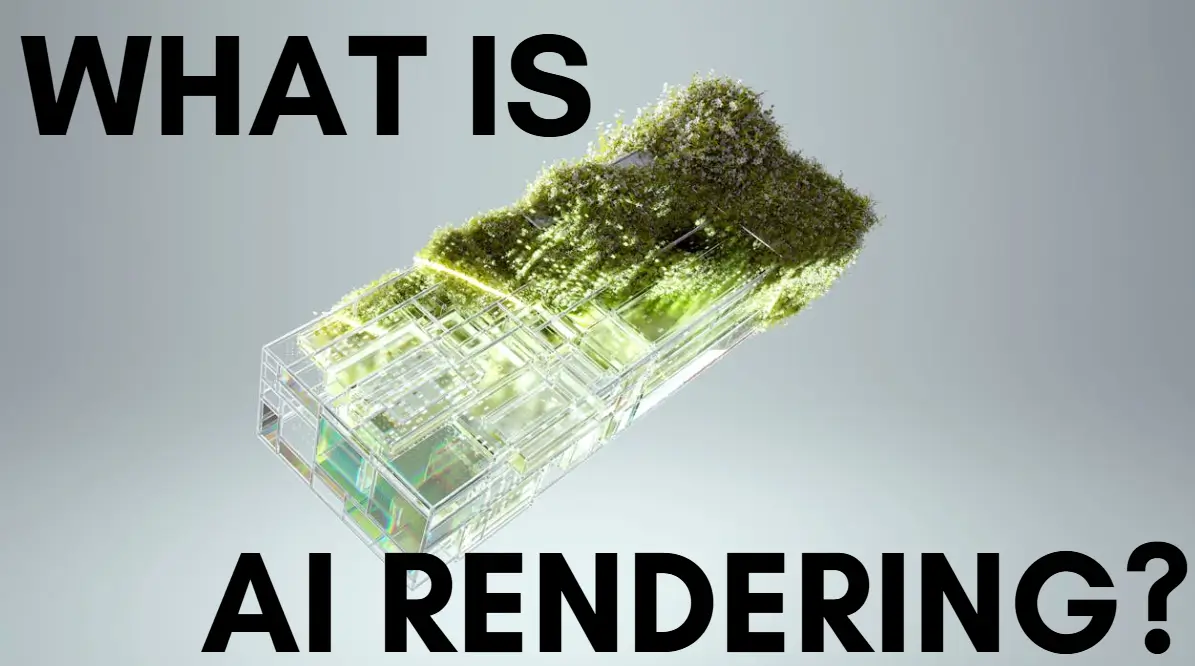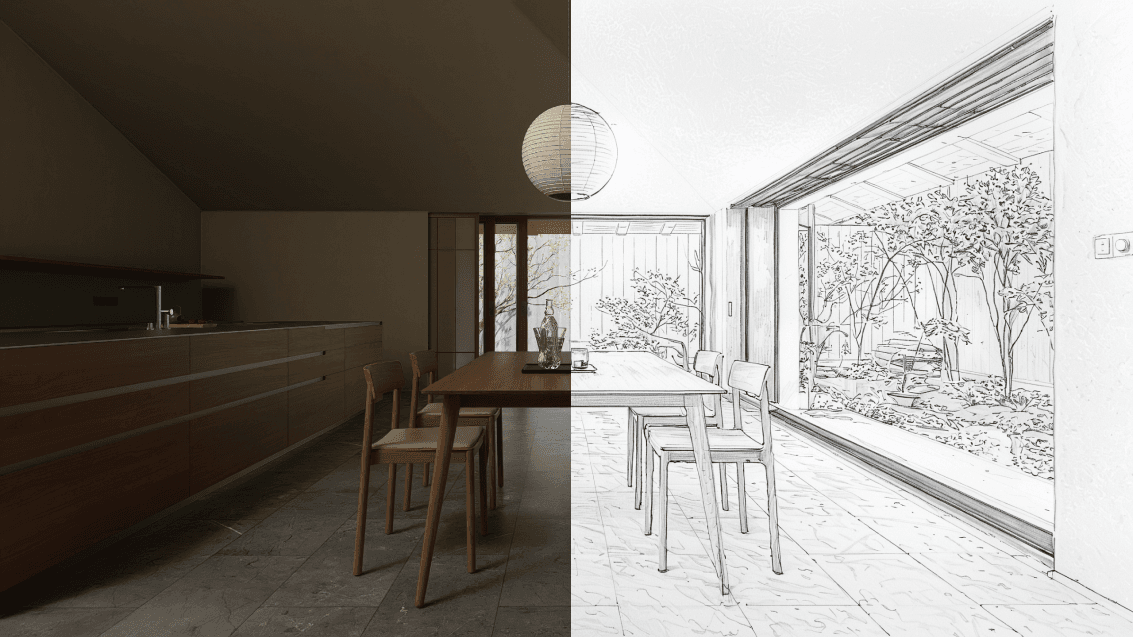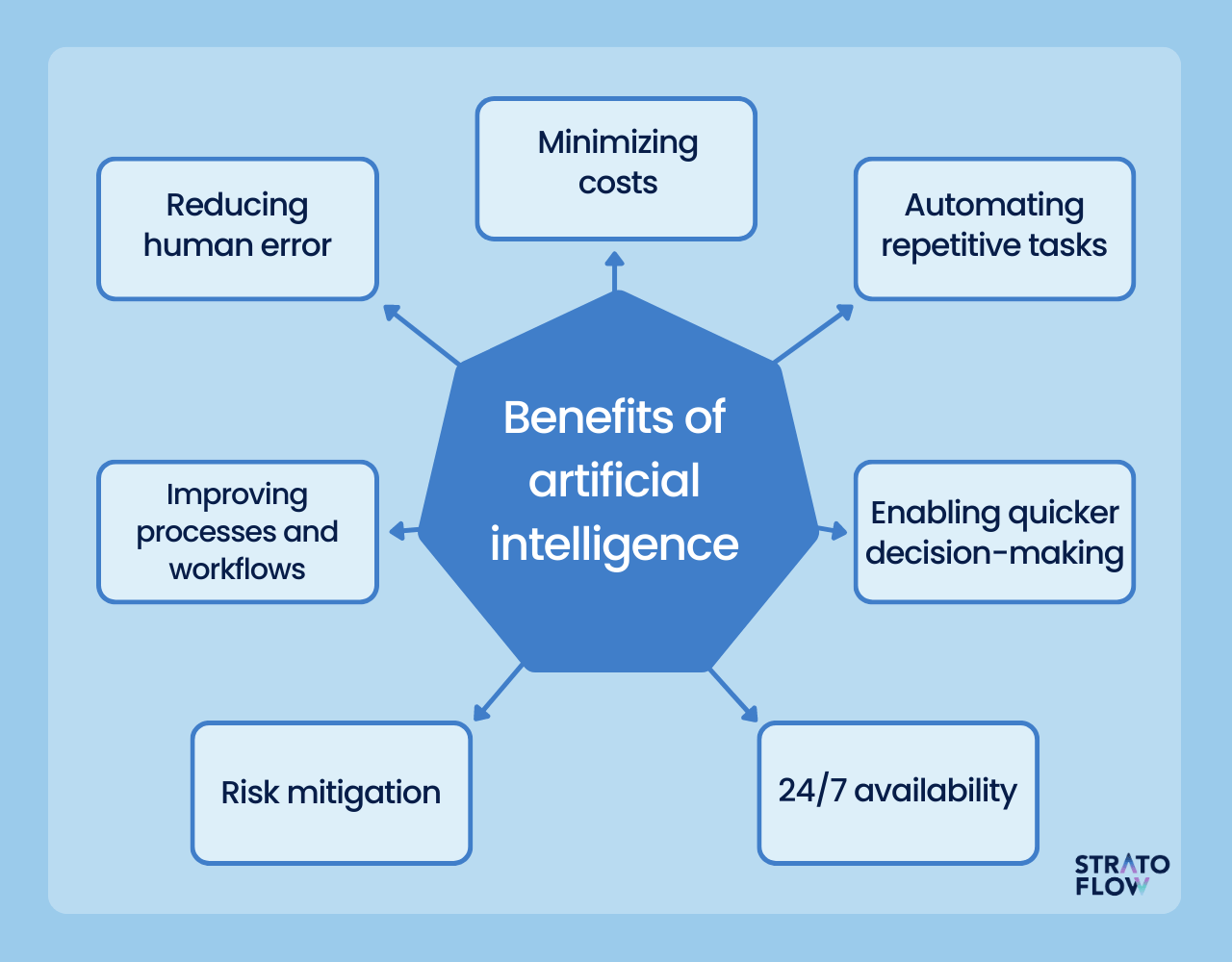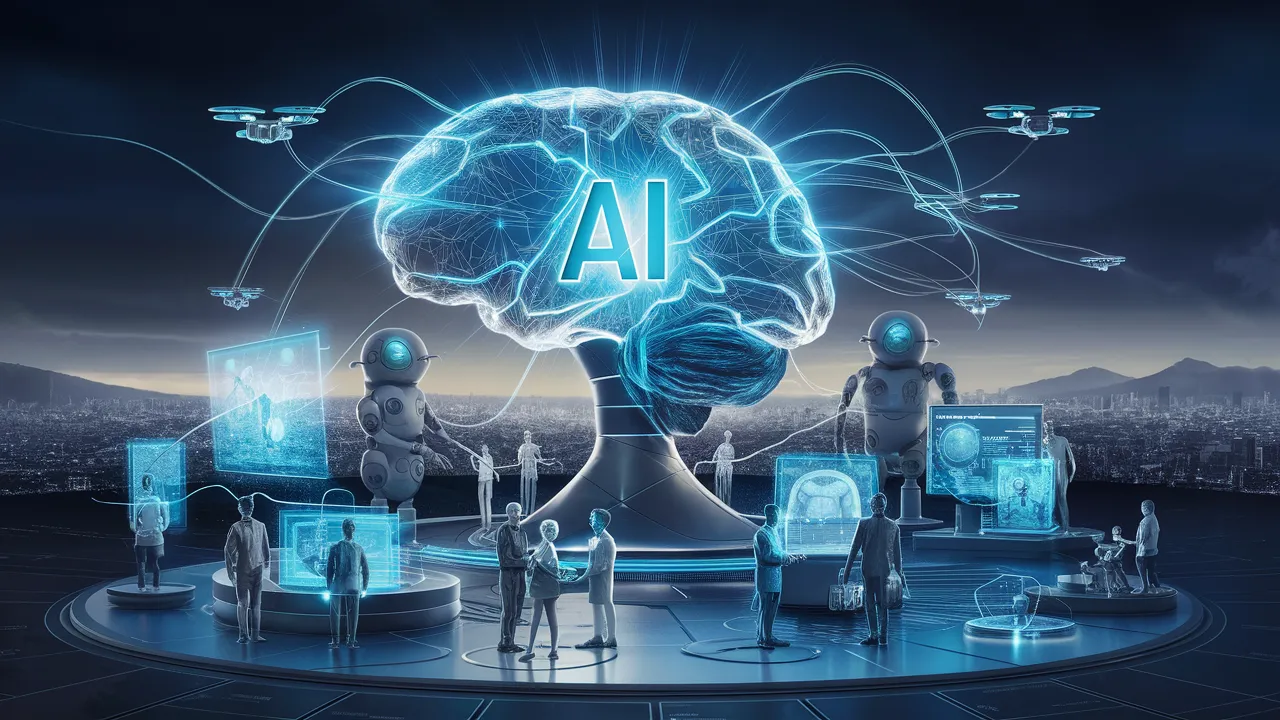AI Rendering: The New Era of Hyper-Realistic Visuals
In today’s fast-evolving digital world, AI rendering has emerged as a revolutionary technology transforming how images, videos, and 3D models are created and processed. From hyper-realistic graphics in video games to photorealistic architectural visualizations and cinematic effects, AI-powered rendering is changing the creative landscape. But what exactly is AI rendering? How does it work? And why is it such a game-changer for industries ranging from entertainment to design and beyond?
This comprehensive guide covers everything you need to know about AI rendering — its technology, applications, benefits, challenges, and future trends. Whether you’re a tech enthusiast, a creative professional, or just curious about the next big leap in digital visuals, this article will provide you with insightful knowledge and practical perspectives.

What Is AI Rendering ?
AI rendering is the use of artificial intelligence techniques, particularly deep learning, to enhance, accelerate, or automate the rendering process—the generation of digital images or videos from 3D models or scenes. Rendering traditionally involves calculating how light interacts with objects, materials, and environments to produce lifelike visuals. This process is computationally expensive and time-consuming.
It leverages machine learning models to predict, approximate, or enhance rendering outputs. It can generate high-quality images faster by learning from vast datasets of existing visuals and understanding how light behaves in different scenarios. This results in significant improvements in speed, quality, and efficiency.
Traditional Rendering vs AI Rendering
- Traditional Rendering: Uses physics-based algorithms like ray tracing and rasterization. These methods calculate light paths, reflections, shadows, and textures based on mathematical models. While highly accurate, they require powerful hardware and long rendering times.
- AI Rendering: Uses neural networks to predict final image outcomes, denoise renders, upscale low-res images, or generate entire scenes from minimal inputs. It can either complement traditional methods or serve as a standalone approach in some applications.

How Does AI Rendering Work?
AI rendering is powered by several core AI and machine learning concepts:
- Neural Networks and Deep Learning
Deep neural networks, especially convolutional neural networks (CNNs), analyze and learn patterns from millions of images. They understand textures, lighting, shading, and other visual elements. Once trained, these models can generate or refine images that closely mimic real-world visuals. - Generative Models
Models like Generative Adversarial Networks (GANs) and Variational Autoencoders (VAEs) are particularly effective in AI rendering. GANs consist of two networks—a generator and a discriminator—that compete to produce increasingly realistic images. These models can generate new content or enhance existing renders with high fidelity. - Image Super-Resolution and Denoising
AI algorithms can take low-quality, noisy renders and upscale them to higher resolutions with improved clarity. This reduces the need for long rendering passes, saving time and resources. - Neural Rendering
Neural rendering techniques blend traditional graphics with neural networks to synthesize images based on learned representations. This hybrid approach enables real-time rendering of complex scenes that would otherwise be too costly or slow to compute.
Applications of AI Rendering
The impact of AI rendering spans multiple industries. Here’s how different sectors are leveraging this technology:
- Entertainment and Gaming
Real-time Graphics: AI enables faster, more realistic rendering for video games, enhancing immersion with lifelike textures, lighting, and animations.
- Virtual Production: Filmmakers use AI to create complex visual effects and environments faster and cheaper than traditional CGI.
- Character Animation: AI can generate realistic facial expressions and body movements based on minimal input, speeding up animation workflows.
- Architecture and Design
- Photorealistic Visualizations: Architects use AI rendering to produce stunning 3D walkthroughs and renders of buildings with natural lighting and materials.
- Rapid Prototyping: AI accelerates the visualization process, allowing designers to iterate faster and experiment with different design options.
- E-commerce and Retail
- Product Visualization: AI renders photorealistic images of products from 3D models, helping customers see items in detail before purchasing.
- Virtual Try-Ons: AI rendering powers virtual fitting rooms for apparel, glasses, and cosmetics by generating realistic previews.
- Medical Imaging and Simulation
AI improves rendering of 3D scans, such as MRIs or CT scans, providing clearer visuals for diagnosis and training simulations. - Advertising and Marketing
AI-generated visuals allow brands to produce high-quality campaigns quickly, creating customized content for different markets with less effort.
Benefits of AI Rendering
Why is AI rendering gaining so much attention? Here are the key advantages it offers:
- Speed and Efficiency
AI can reduce rendering times from hours or minutes to seconds by approximating complex calculations. This accelerates creative workflows, enabling faster project turnaround. - Cost Reduction
By requiring less powerful hardware or reducing cloud rendering costs, AI rendering lowers expenses for studios and creators. - Enhanced Image Quality
AI techniques can remove noise, sharpen details, and improve lighting effects beyond traditional rendering’s capabilities. - Accessibility
AI-driven tools democratize high-quality rendering, making it accessible to smaller studios, freelancers, and hobbyists without expensive equipment. - Real-Time Interactivity
For interactive media like games or VR, AI enables real-time rendering with photorealistic quality, enhancing user experiences.

Challenges and Limitations of AI Rendering
Despite its potential, AI rendering faces some hurdles:
- Quality Control
AI models can produce artifacts or unrealistic outputs if not trained properly. Maintaining consistent quality is critical, especially for professional use. - Training Data Requirements
Large datasets of labeled images and 3D scenes are needed to train effective models. Obtaining and curating this data can be expensive and time-consuming. - Hardware Demands
While AI rendering can reduce traditional GPU loads, training AI models requires substantial computational resources. - Generalization
AI models trained on specific datasets may struggle with unfamiliar scenes or lighting conditions, limiting flexibility.
The Future of AI Rendering
The future of AI rendering is bright and full of exciting possibilities:
- Fully Neural Real-Time Rendering
As AI models grow more sophisticated, we may soon see completely AI-driven rendering pipelines capable of producing photorealistic visuals in real-time on consumer hardware. - Integration with Augmented Reality (AR) and Virtual Reality (VR)
AI rendering will be key to delivering seamless, realistic AR/VR experiences with dynamic environments and objects. - Personalized Content Creation
AI could enable users to create customized scenes, avatars, and animations just by describing them in natural language or simple sketches. - Sustainable Computing
By reducing rendering energy consumption and hardware requirements, AI rendering will contribute to greener technology practices.

Popular AI Rendering Tools and Platforms
Here are some tools already making waves in AI rendering:
- NVIDIA DLSSL: (Deep Learning Super Sampling): Boosts game performance by using AI to upscale lower-resolution images in real-time.
- Adobe Firefly: Integrates AI for creative image generation and enhancement.
- Lumion AI: Incorporates AI-driven denoising for faster architectural rendering.
- Runway ML: A platform offering AI tools for artists, including neural rendering models.
- Kaedim: Converts 2D concepts into 3D models with AI, streamlining game asset creation.
How to Get Started with AI Rendering
If you’re interested in exploring AI rendering, here’s how to begin:
- Learn the Basics: Understand traditional rendering techniques and basic AI concepts like neural networks.
- Experiment with Tools: Try platforms like Runway ML, NVIDIA’s tools, or Blender’s AI plugins.
- Explore Tutorials: Many online courses and videos explain AI rendering workflows and coding examples.
- Join Communities: Engage with forums and groups focused on AI art, 3D modeling, and rendering to share knowledge.
- Stay Updated: Follow research papers, tech blogs, and conferences to keep up with innovations.
Conclusion
AI rendering is revolutionizing the way we create and experience digital visuals. By blending artificial intelligence with traditional graphics techniques, it delivers faster, cheaper, and more realistic imagery across multiple industries. While challenges remain, ongoing advances promise a future where real-time, photorealistic rendering becomes accessible to everyone—from professional artists to casual creators.
If you want to stay ahead in this exciting field, now is the perfect time to dive into AI rendering, experiment with emerging tools, and explore its transformative potential.
view our more blogs — https://zkfundaweb.com/




Post Comment